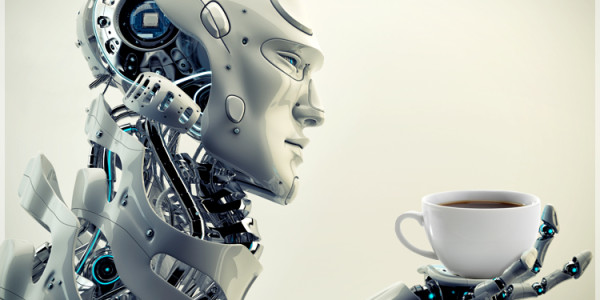Science fiction writer Isaac Asimov established a set of rules known as The Three Laws of Robotics.
- A robot may not hurt a human, or allow a human to be harmed
- A robot must obey human given orders, except when those orders would violate the first law.
- A robot must protect its existence, except when that would violate the first or second law.
These are fictional laws applying to the fictional robots in Asimov’s stories, but they introduce an interesting concept that applies to the real world. Robots are becoming increasingly common. There hasn’t been a need to consider ethics and robotics, outside of fiction, but that need could be developing.
Ethical treatment of robots
When considering ethics and robots, your thinking should go beyond whether or not it is wrong to kick a robot. At the moment, the ethical treatment of robots is still lingering in the realm of science fiction. It seems unlikely that people in the future will lament the plight of the robotic arm, and chastise the thoughtless humans that forced them to work 24 hours a day.
However, things such as environmental impact, how a robot is made, and the purpose of a robot can all be examined under the scope of ethics.
Building robots can be a good thing. It can make jobs less taxing on human workers by automating laborious or physically demanding tasks. Robots can also perform jobs that would normally put people in danger. A search and rescue robot, or a firefighting robot, could remove people from dangerous and life-threatening situations.
Other ethical issues
However, what if people are assembling those robots in dangerous factories, working excessively long hours, earning below a liveable wage? The good that those robots provide seems lesser when compared to how those robots were produced.
You also have to consider the manufacturing process involved in building those robots. If the metal for the robots was gathered through strip mining, and toxic chemicals were pumped into the ocean, that has a seriously negative effect on the environment.
The robots that are used in Indramat systems are nothing like those from Asimov’s stories. They’re the types of robots that provide factory workers with jobs and make work easier through motion control and automation.
